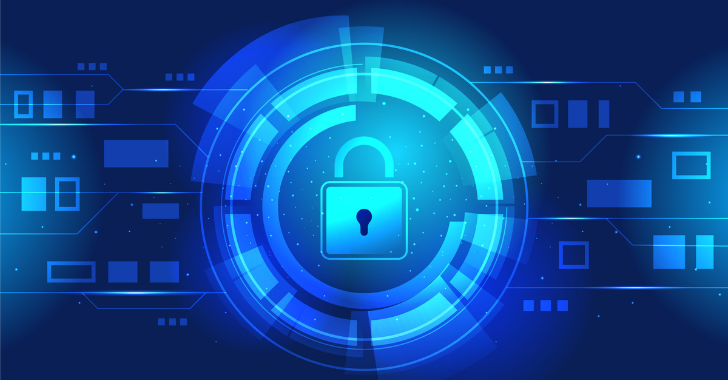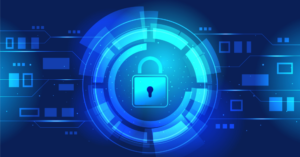While working remotely has increased productivity and provided previously unheard-of freedom, it has also presented new cybersecurity risks. As more companies adopt remote work practices, protecting remote work environments has taken precedence. Here are some best practices for efficiently securing remote work settings.
1. Implement Strong Authentication Measures
Using robust authentication procedures is one of the best ways to secure remote access. By requiring users to give two or more verification factors before gaining access to sensitive systems and data, Multi-Factor Authentication (MFA) adds an extra layer of security. Even in the event that credentials are compromised, the risk of unwanted access can be decreased by enforcing MFA with the use of programs like Google Authenticator, Authy, and Duo Security.
2. Use Virtual Private Networks (VPNs)
By encrypting internet traffic, a virtual private network (VPN) makes it more difficult for hackers to collect and access private data. Urge remote workers to always access to the internet via a VPN, particularly while utilizing public Wi-Fi hotspots. For remote workers, VPN services such as Cisco AnyConnect, NordVPN, and ExpressVPN can help guarantee private and secure internet access.
3. Secure Endpoint Devices
Using a variety of endpoint devices, including computers, tablets, and cellphones, is common when working remotely. It is essential to secure these devices in order to stop security incidents and data breaches. Device management and monitoring can be aided by endpoint protection solutions like Symantec Endpoint Protection and CrowdStrike, which can identify and stop attacks instantly. Make ensuring that all devices are routinely updated with the most recent software and security fixes.
4. Enforce Strong Password Policies
One major weakness in any security system is weak passwords. Establish stringent password regulations requiring employees to use unique passwords that they update on a regular basis. Employees may lower the risk of password-related security breaches by creating and securely storing strong passwords with the aid of password management solutions like LastPass, Dashlane, and 1Password.
5. Educate Employees on Cybersecurity Best Practices
One of the main reasons for security breaches is human mistake. Employees that receive regular cybersecurity training are better able to identify and handle possible risks like phishing schemes and social engineering attempts. Training courses ought to address things like spotting shady emails, creating strong passwords, and protecting private data. Provide frequent refresher training to keep staff members alert and knowledgeable about the most recent security procedures.
6. Implement Access Control Measures
Reducing access to systems and sensitive data is crucial to lowering security threats. To make sure that workers only have access to the information and systems required for their job tasks, implement role-based access control, or RBAC. Review and update access permissions on a regular basis to take into account changes to employment status and work duties.
7. Use Secure Collaboration Tools
Slack, Microsoft Teams, Zoom, and other collaboration technologies have become indispensable for distant work. If not properly managed, these tools can also provide security problems. Make that end-to-end encryption and secure file sharing are activated in your collaboration tools’ configuration. Teach staff members safe practices when utilizing these tools, such as refraining from disclosing private information on open platforms.
8. Backup Data Regularly
To lessen the effects of ransomware attacks and other data loss issues, regular data backups are essential. Install automated backup programs that periodically store data offsite in safe locations. Acronis, Carbonite, and Backblaze are a few examples of solutions that can assist guarantee that important data is constantly backed up and recoverable in an emergency.
9. Monitor Network Traffic
Network traffic monitoring can assist in spotting suspicious activities and taking swift action. Real-time network traffic visibility is provided by solutions for network security monitoring like SolarWinds and Nagios, which notify administrators of potential threats and weaknesses. Review network logs on a regular basis and carry out security audits to find and fix possible problems.
10. Develop a Comprehensive Incident Response Plan
Even with the best of intentions, security mishaps can still happen. Your firm will be able to react to a breach swiftly and efficiently if it has a thorough incident response plan in place. The plan should specify how to find, contain, and eliminate risks as well as how to get in touch with stakeholders and get affected systems and data back.
Conclusion
It need a multipronged strategy that includes technology, policy, and staff education to secure remote work settings. Organizations may guarantee the security of their remote workforce and drastically lower the risk of cyberattacks by putting these best practices into effect. Maintaining a safe and resilient work environment will depend on your ability to be proactive and flexible in your cybersecurity efforts as remote work continues to change. Keep in mind that your remote work environment’s security is only as strong as its weakest link, therefore ongoing attention to detail and advancement are crucial.



